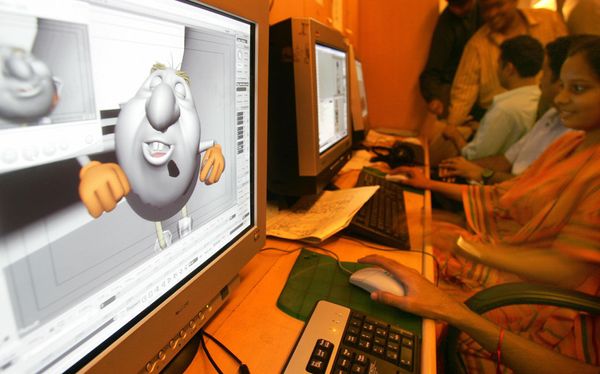Since the early days of VHS in the 1970s, the home entertainment market has served as the perfect place for Hollywood to send films unlikely to make a splash at the box office. Yet the world of straight-to-video is no longer designed solely for movies destined to bomb. Instead, it has become a legitimate means of getting movies into the hands of viewers while bypassing traditional channels like theaters. In the process, straight-to-video has lost its stigma and transformed into a legitimate business model for films that might not shatter box office records, but can surely make a tidy profit if they can reach the right audience.
Sure, many direct-to-DVD films -- movies that skip the theater and go straight to disc -- are simply not that great. Rather than watch them tank at the box office, studios send them off to the home entertainment market and hope for the best. In a growing number of cases, however, going directly to DVD says little to nothing about the quality of a film. Instead, it suggests that the at-home market might be more lucrative than the big screen for a certain segment of movies.
Advertisement
Today's DVD premieres typically fall in one of two categories. Many earn straight-to-DVD status unintentionally: They were originally meant for a traditional release, but failed to make the grade. Other movies are specifically designed for DVD sales and were never intended to hit the silver screen.
Curious about how movies end up missing out on a chance at box office glory? Read on to find out how studios decide the best format for releasing a film in today's rapidly changing market.
Advertisement





